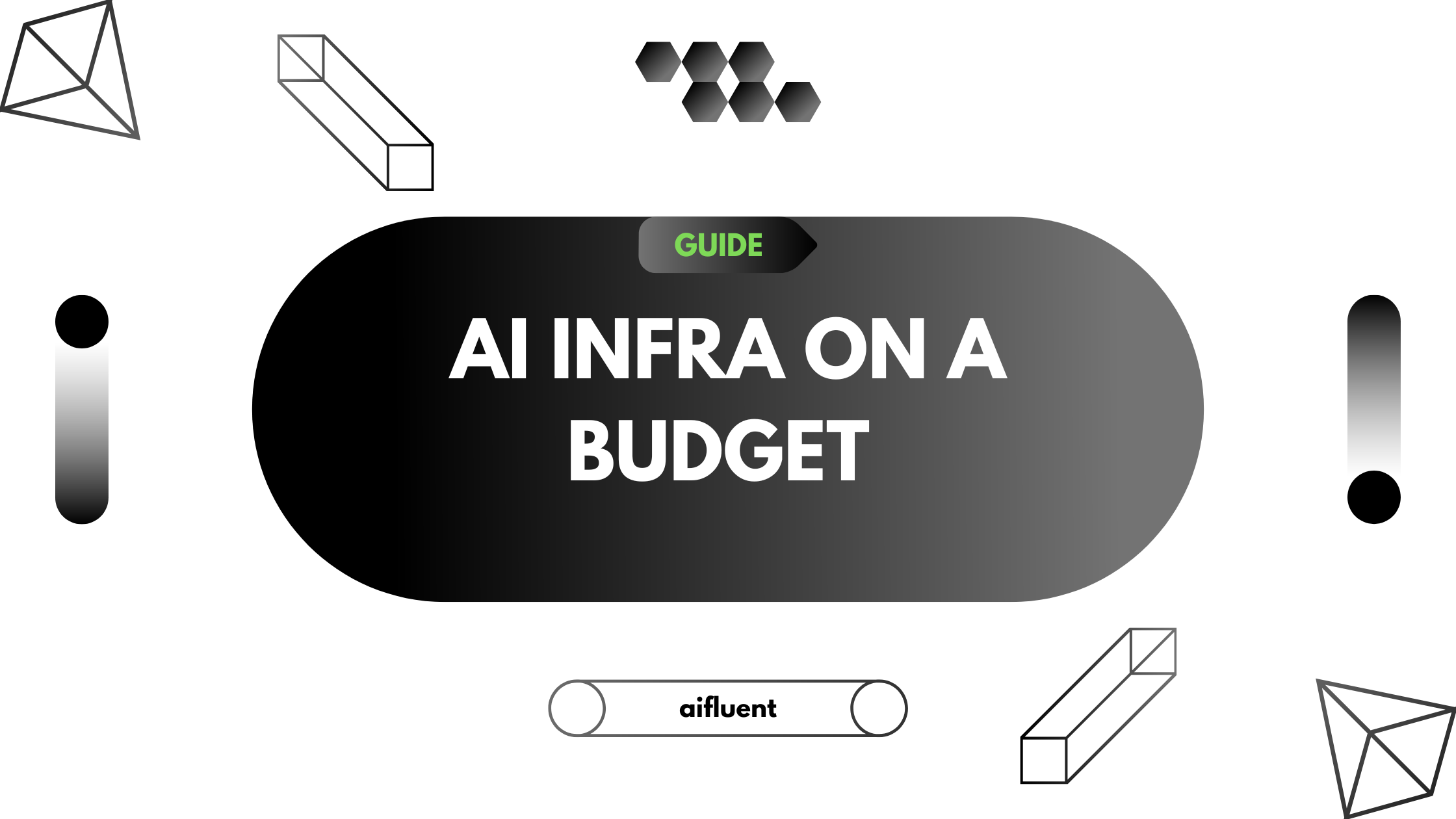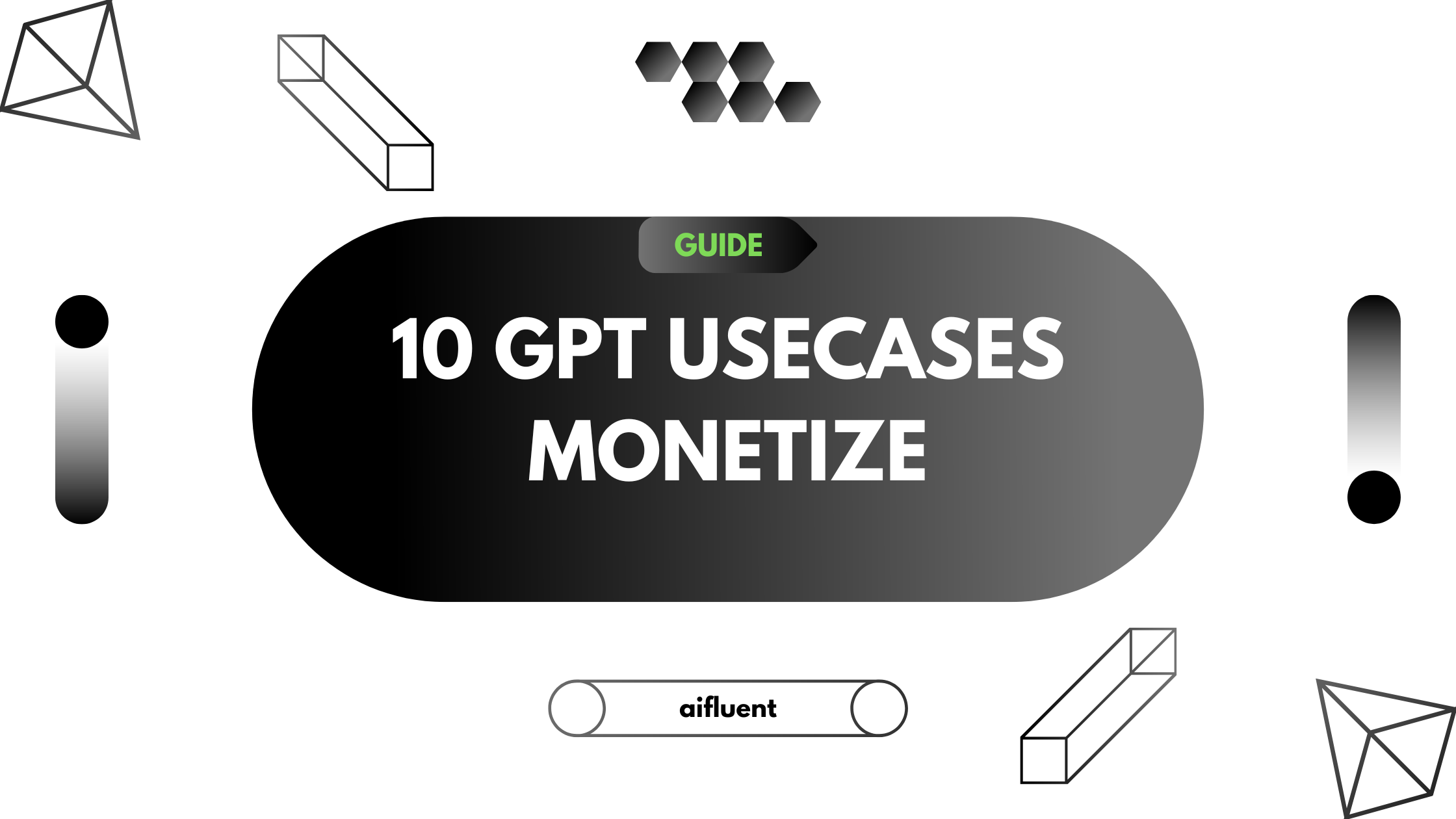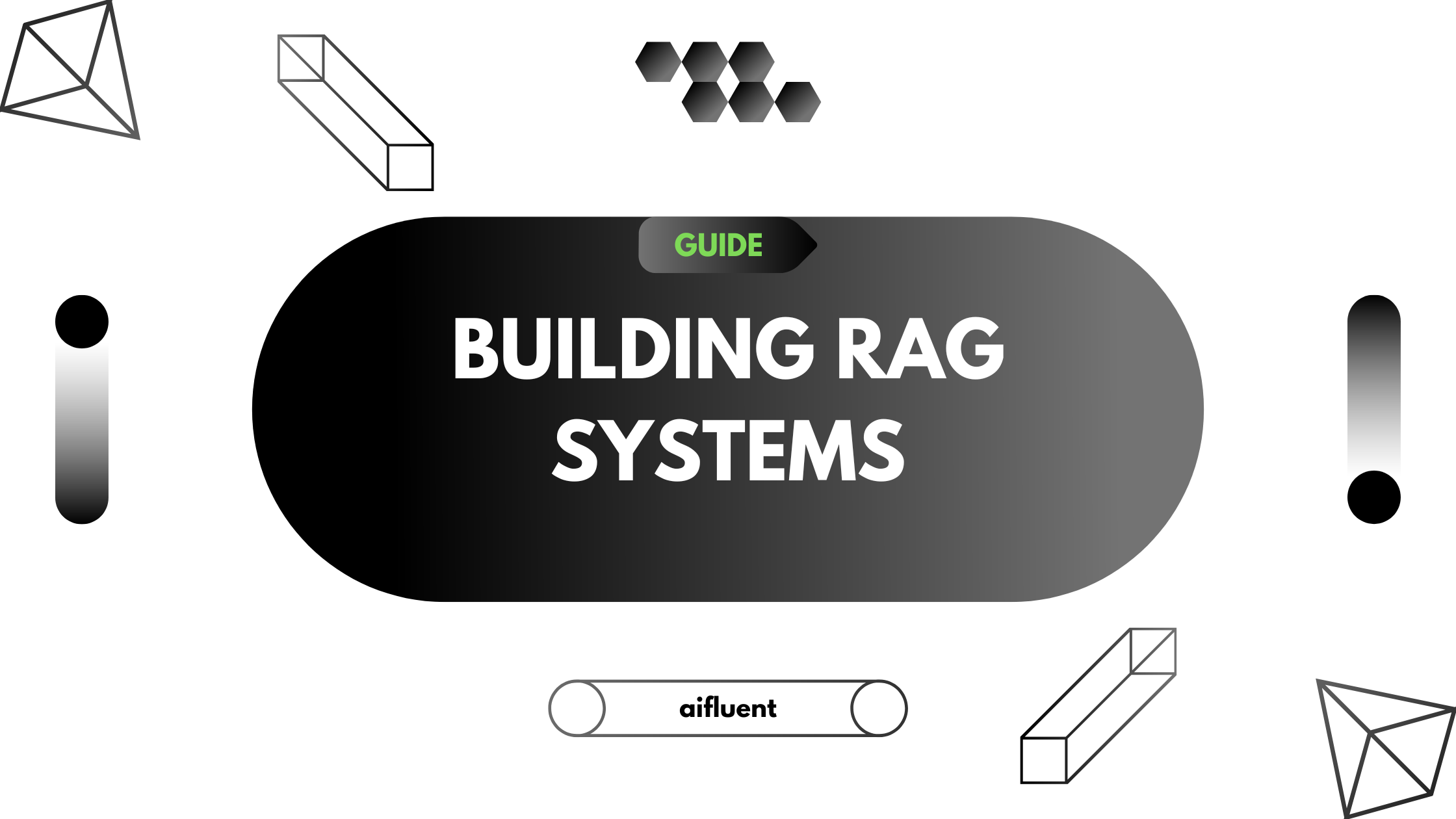
AI roadmap
A Practical Guide for Python Developers
AI Roadmap for 2025: A Practical Guide for Python Developers
Introduction
AI is moving fast—and 2025 is shaping up to be a big year for anyone serious about leveling up their skills. With tech like Retrieval-Augmented Generation (RAG), AI agents, and open-weight LLMs going mainstream, the learning path is becoming both clearer and more intense.
This guide is built for intermediate Python developers who want to move from “knowing the basics” to actually building full-stack AI systems. You’ll get a step-by-step roadmap, each phase backed by top-tier GitHub projects to help you learn by doing.
1. Nail the Basics: Core Math & Concepts
Before diving into frameworks, make sure your fundamentals are solid:
- Linear algebra (vectors, matrices, eigenvalues)
- Probability & stats (Bayes’ theorem, distributions)
- Calculus (gradients, partial derivatives)
- Optimization (SGD, Adam)
Try it in Python:
import numpy as np
# Example: Dot product
a = np.array([1, 2])
b = np.array([3, 4])
dot = np.dot(a, b)
print("Dot product:", dot)
GitHub References:
2. Build Machine Learning Muscle
Get familiar with the full ML workflow:
- Cleaning and prepping data (Pandas, Scikit-learn)
- Model training (Logistic Regression, Random Forests, XGBoost)
- Evaluation and tuning (ROC-AUC, grid search, cross-validation)
Sample Model in Action:
from sklearn.datasets import load_iris
from sklearn.ensemble import RandomForestClassifier
from sklearn.model_selection import train_test_split
from sklearn.metrics import accuracy_score
data = load_iris()
X_train, X_test, y_train, y_test = train_test_split(data.data, data.target, test_size=0.3)
clf = RandomForestClassifier()
clf.fit(X_train, y_train)
predictions = clf.predict(X_test)
print("Accuracy:", accuracy_score(y_test, predictions))
GitHub References:
3. Deep Learning & Transformers
Transformers still run the show in NLP—and increasingly in vision and audio. Here’s what to focus on:
- Master PyTorch basics
- Learn Hugging Face Transformers
- Fine-tune existing models on your own data
Quick Demo:
from transformers import pipeline
generator = pipeline("text-generation", model="gpt2")
output = generator("Deep learning will", max_length=30, num_return_sequences=1)
print(output[0]['generated_text'])
GitHub References:
4. From Models to Systems: RAG, Agents, LangChain
In 2025, it’s not enough to know models—you need to build AI systems:
- Retrieval-Augmented Generation (RAG)
- Multi-agent orchestration
- Frameworks like LangChain and LlamaIndex
Basic LangChain Example:
from langchain.chains import RetrievalQA
from langchain.vectorstores import FAISS
from langchain.embeddings import HuggingFaceEmbeddings
from langchain.llms import OpenAI
docs = ["AI is transforming the world.", "2025 will be a key year."]
embeddings = HuggingFaceEmbeddings(model_name="all-MiniLM-L6-v2")
vector_db = FAISS.from_texts(docs, embeddings)
qa = RetrievalQA.from_chain_type(llm=OpenAI(), retriever=vector_db.as_retriever())
answer = qa.run("What is happening in 2025?")
print(answer)
GitHub References:
5. Think Like a DevOps Engineer: Deploy Smart
Knowing how to ship models matters just as much as training them:
- Model serving with FastAPI or BentoML
- CI/CD pipelines with Docker & GitHub Actions
- Inference tricks like quantization and ONNX
FastAPI Inference Example:
from fastapi import FastAPI
import joblib
app = FastAPI()
model = joblib.load("model.pkl")
@app.get("/predict")
def predict(value: float):
return {"prediction": model.predict([[value]])[0]}
GitHub References:
Final Thoughts
To thrive in AI in 2025, you need more than model fluency—you need system fluency. From math and machine learning to full-blown inference and orchestration, this roadmap is your playbook.


